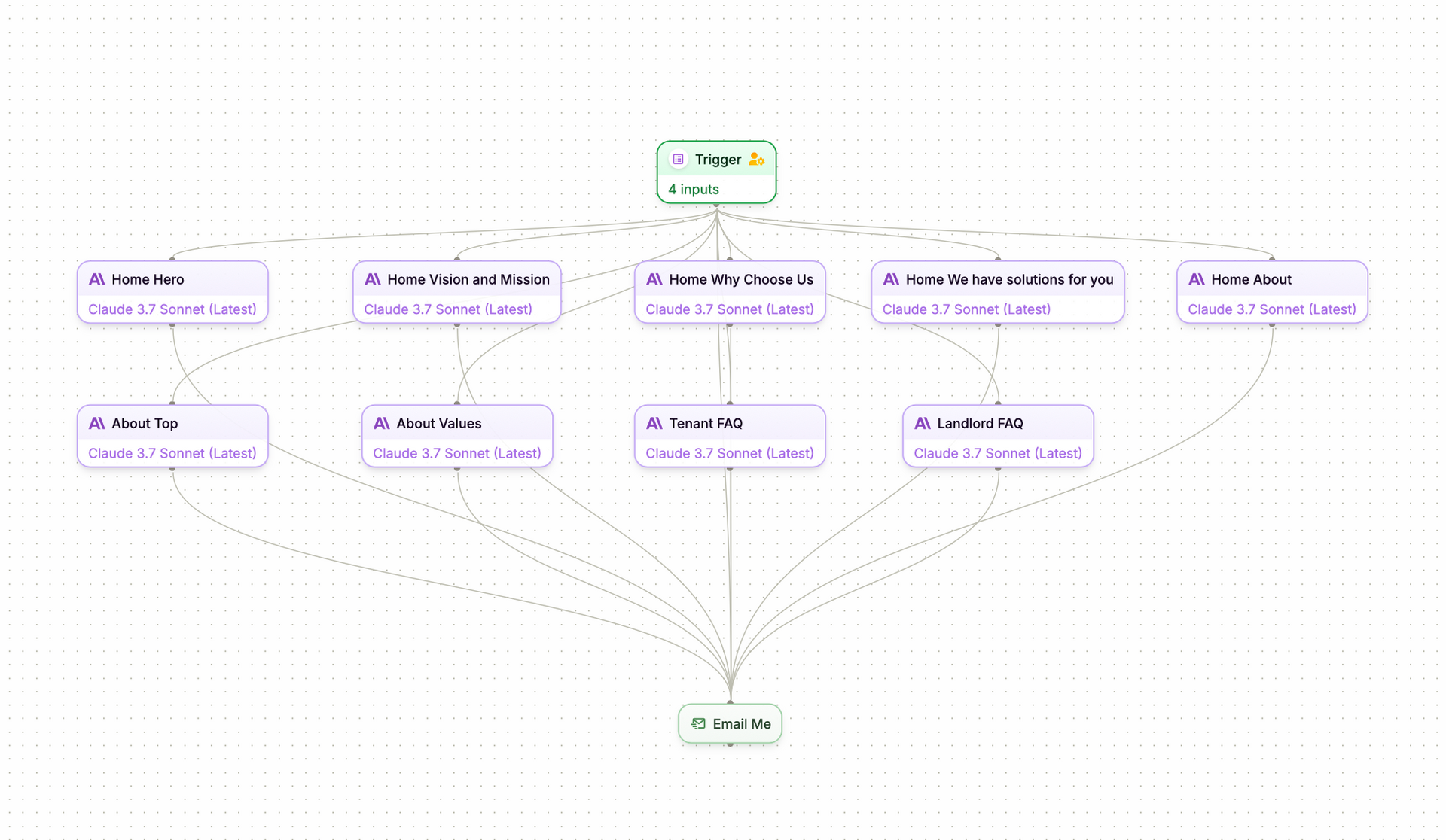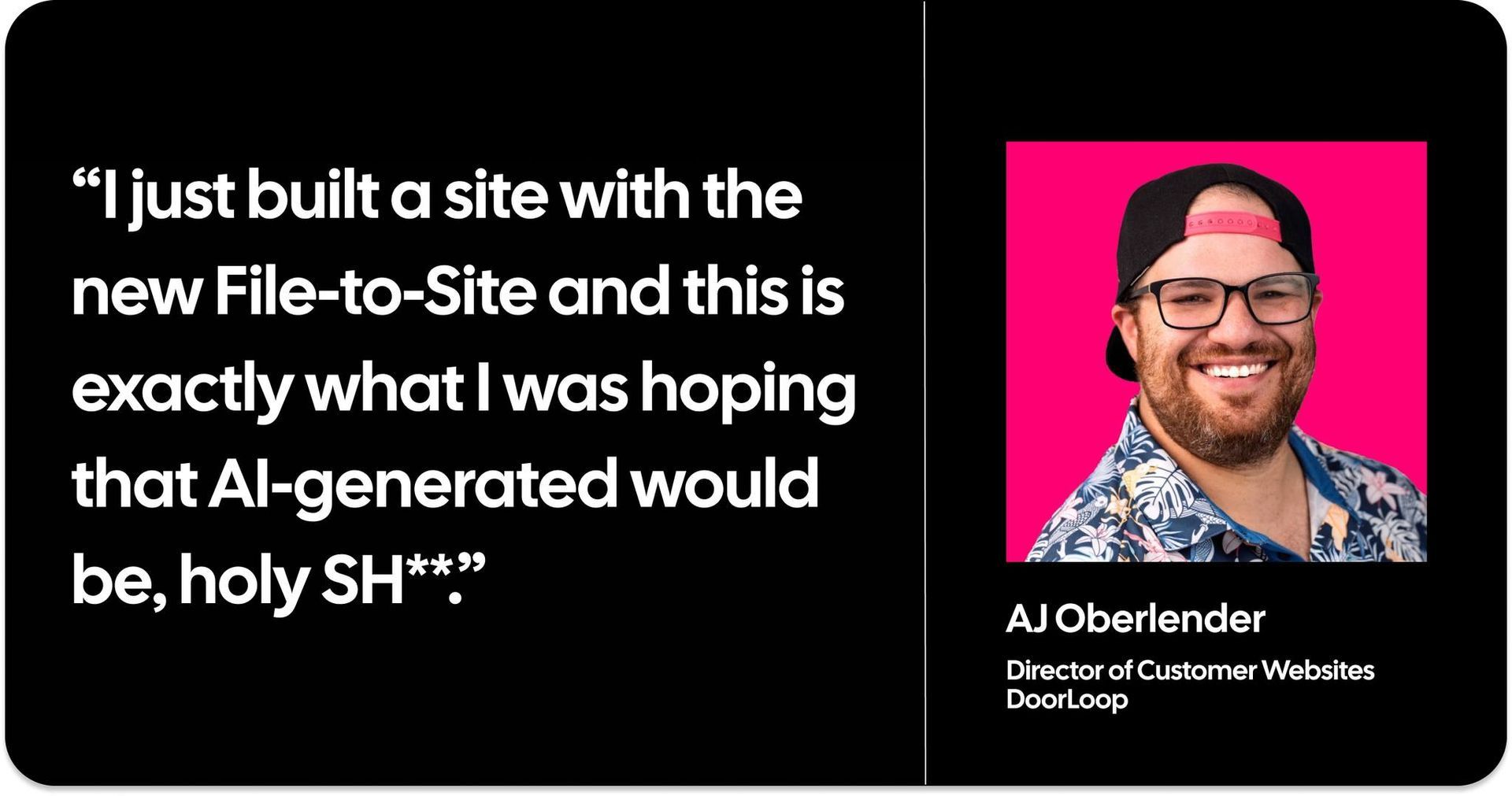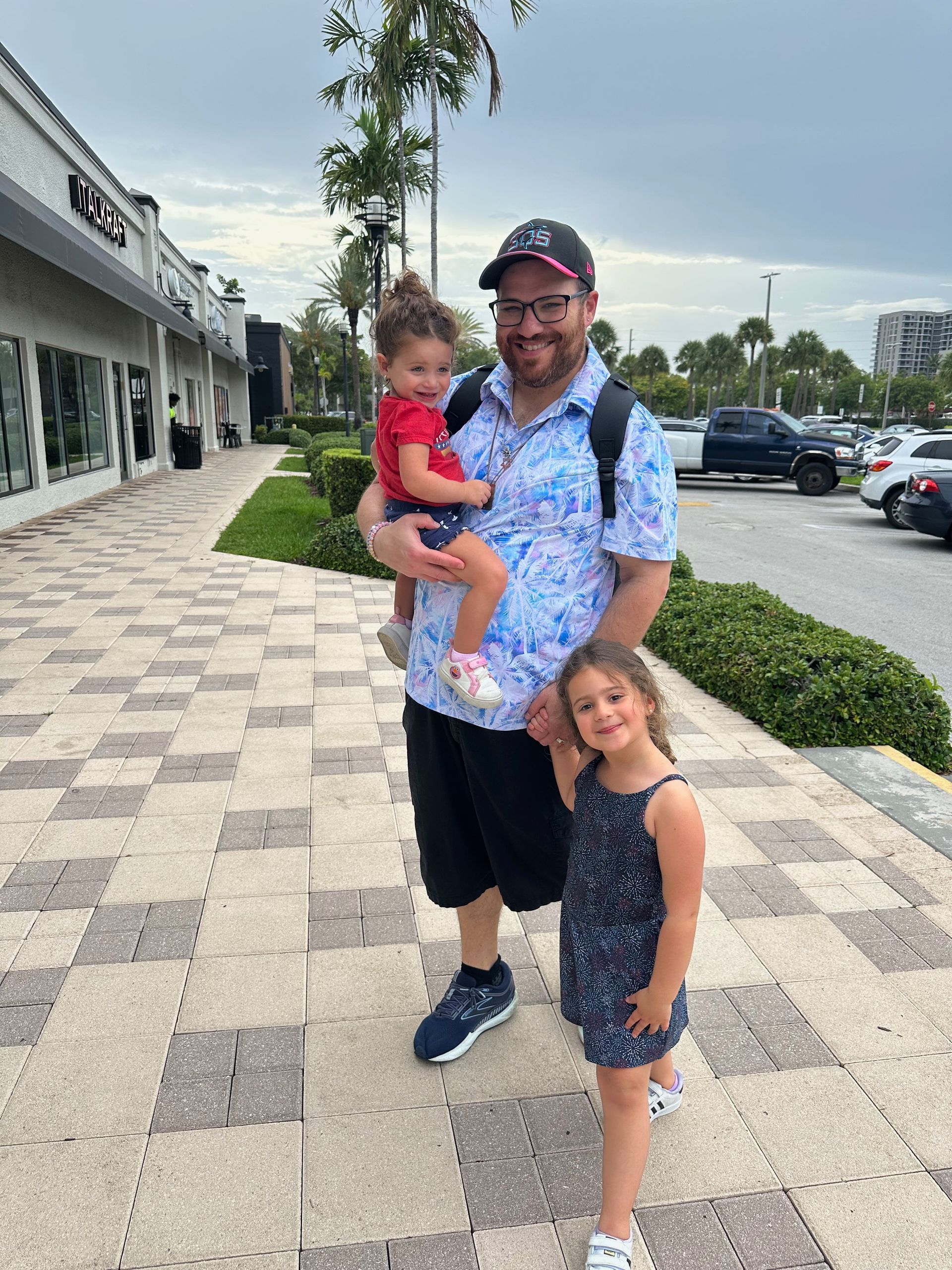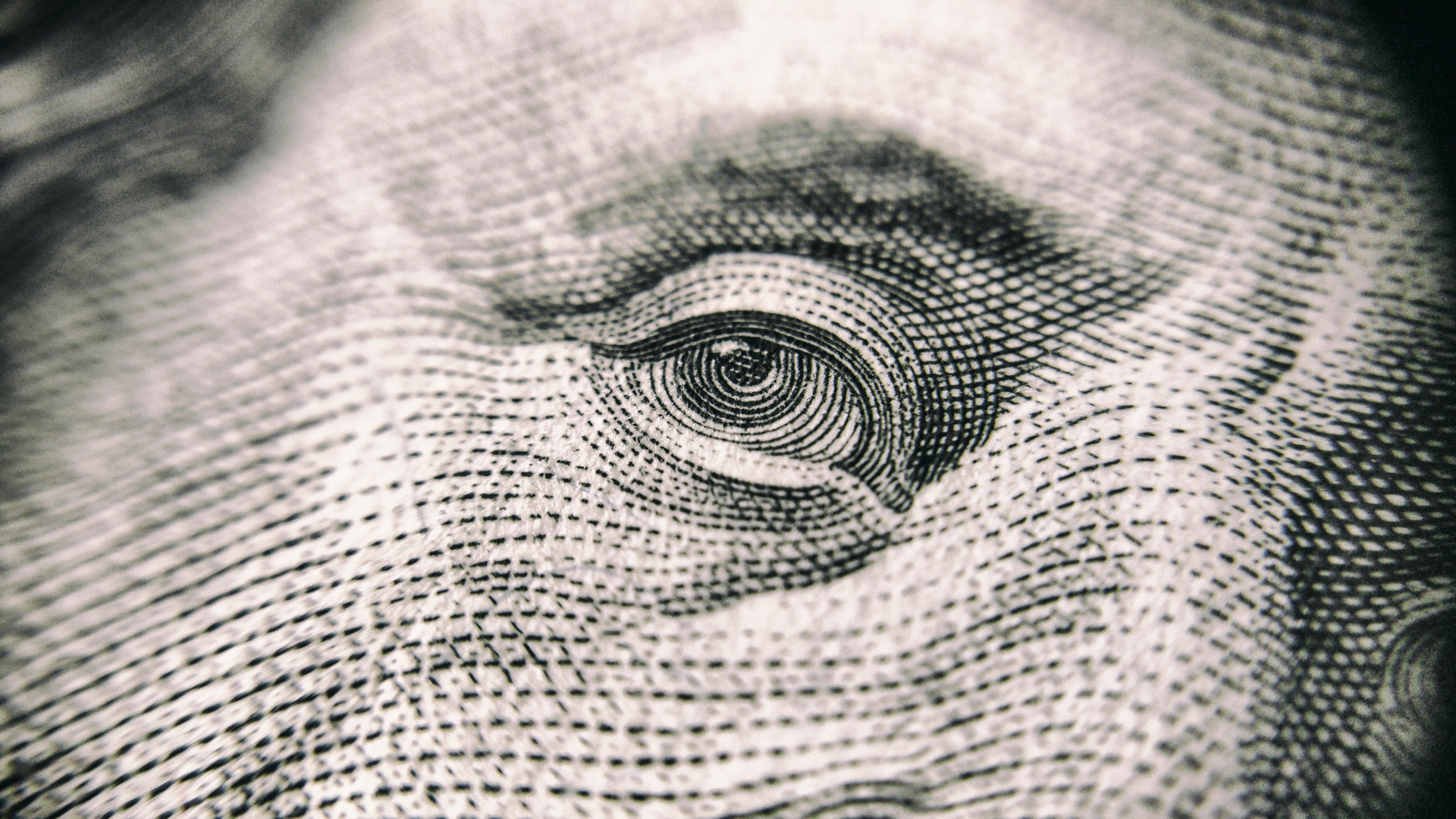
Why Sports Fans Are the Ultimate Brand Advocates (And How to Build Your Own Fan Army)
Why Sports Fans Are the Ultimate Brand Advocates
You know what I realized while defending the Miami Heat in our group chat last week? I'm out here writing paragraphs about why this team still has a shot, why Tyler Herro's been playing better, and how we're only a few games back from a playoff spot. My friends are sending crying-laughing emojis, but I'm genuinely passionate about this argument at 11 PM on a Tuesday.
That's when it hit me: sports fans operate on a completely different level than your average customer. I'm talking about people who'll drop $200 on a jersey for a player who might get traded next month, who'll defend their team's terrible draft picks like they're family members, and who somehow find a way to make every conversation circle back to last week's game. As someone who's spent way too much time thinking about brand loyalty (occupational hazard), I started wondering: what if businesses could create that same level of devotion?
Turns out, the numbers are pretty wild.
The loyalty gap that should keep CMOs up at night
Here's the thing that'll make your quarterly retention reports look embarrassing: sports fans demonstrate 306% higher lifetime value than regular customers. Three hundred and six percent. That's not a typo, and it's not some small sample size either.
Self-proclaimed "fanatic" fans spend 6X more annually than casual fans. And get this, younger sports fans actually pay $70 more on average for tickets despite having 20% lower income than older fans. Most businesses would kill for customers who become less price-sensitive as they get more invested.
But here's where it gets really interesting (and a little humbling for those of us in the business world). Only 40% of younger sports fans cite high prices as a negative experience, compared to 62% of older fans. They're literally training themselves to care less about price. When's the last time your customers did that?
The relationship longevity is what really gets me though. Sports fans maintain brand relationships for 5.1 years versus 3.4 years for regular customers, with 11% higher overall loyalty rates than non-sports fans.
And here's the kicker: 67% of global football fans find sponsoring brands appealing compared to just 54% of the general population. They're not just loyal to the team; they're extending that loyalty to whoever the team says is cool.
What's actually happening in a sports fan's brain?
This isn't just about loving a logo (though trust me, I've got plenty of Heat gear to prove that happens too). There's some serious psychology at work here that most businesses completely miss.
Sports fans form emotional bonds similar to personal relationships, which sounds obvious until you realize what that actually means. When your team wins, you literally feel pride like you personally accomplished something. When they lose, it genuinely ruins your day, sometimes your week. I've seen grown adults in Miami wearing Tyler Herro jerseys walk taller after a good game. It's not rational, but it's real.
The research calls it "consumer fanaticism", a unique form of loyalty that's essentially self-sustaining. Regular brand loyalty requires constant reinforcement, offers, reminders. Sports fan loyalty? It feeds itself. Highly identified fans actually internalize team attitudes and behaviors as their own.
Think about that for a second. Your customers aren't just buying your product; they're adopting your values as part of their identity.
The community aspect provides social psychological health benefits and a sense of belonging that transcends typical brand relationships. This is what most loyalty programs get wrong, they focus on transactions when they should be building tribes.
The companies that cracked the code
Some brands have figured this out, and honestly, their results are a little intimidating.
Netflix basically turned binge-watching into a lifestyle. They've created a culture where fans defend their shows like personal relationships, create fan theories that become cultural phenomena, and actually get excited about algorithm recommendations. When Netflix cancels a beloved show, fans don't just complain, they organize campaigns, create petitions, and sometimes even fund billboards. That's sports-fan-level emotional investment in a streaming service.
Apple's got the "Us vs. Them" thing down to a science. 55.2% loyalty rate with iPhone users showing 80.5% retention. People literally camp out for launches and will defend iOS against Android users like they're protecting family honor. That's sports fan behavior applied to smartphones.
Harley-Davidson built the world's largest motorcycle club through their Harley Owners Group, achieving 79% brand loyalty even while facing a 17% decrease in shipments in 2024. When your community loyalty survives poor business performance, you've created something special.
Patagonia's playing the long game with 79% customer loyalty through authentic environmental activism. Fans actually bring non-Patagonia items to Worn Wear repair events, which is like Heat fans showing up to help Lakers fans fix their jerseys. That's next-level community engagement.
How Miami teams are schooling everyone else
Living in Miami, I get to see some pretty innovative fan engagement up close, and honestly, other cities should be taking notes.
The Heat went full tech-forward with the NBA's first all-digital ticketing system tied to fan identity. They're not just selling tickets; they're creating comprehensive data profiles that let them personalize everything. Their Microsoft Dynamics 365 integration creates 360-degree fan views with predictive analytics, and it's working, 30% year-over-year increase in season ticket sales.
The Dolphins have been innovating with data-driven fan experiences throughout Hard Rock Stadium. What's smart about their approach is how they've integrated loyalty rewards across multiple touchpoints, rewarding social media engagement and game-day activities, not just purchases. Multiple touchpoints mean multiple chances to deepen the relationship beyond just showing up to games.
Inter Miami FC is pioneering interactive livestreaming through their StreamLayer partnership, featuring 8-person group video calls during matches and live chat functionality. They're basically turning games into social events for people watching from home. This addresses growing demand for community viewing experiences, especially among younger demographics who grew up on Discord and Twitch.
The digital transformation nobody talks about
Here's what changed everything, and it happened so fast that most businesses missed it entirely. 86% of social media marketers now consider building active communities critical to their 2024 strategy, but they're focusing on smaller, specialized groups rather than broad-reach engagement.
Discord emerged as the sleeper hit with 227.7 million monthly active users and 4 billion minutes of daily conversation. Success stories like Midjourney's thriving AI art community show how brands can leverage passionate user bases for product testing and community building.
The shift is from "always-on" to "always-in" marketing. Instagram Broadcast Channels offer 70% higher engagement rates when creators respond, while TikTok's "Brand Chem" concept emphasizes collaborative content creation with communities rather than traditional advertising approaches.
84% of consumers need to share values with brands to make purchases. It's not enough to make a good product anymore; you need to stand for something that resonates.
When fan building goes hilariously wrong
Of course, not everyone gets this right, and some of the failures are pretty spectacular teaching moments.
Chick-fil-A basically fired their own fan base in 2024. Employees like "Miri" gained 80,000 followers creating positive brand content on TikTok, but instead of partnering with these organic advocates, the company shut them down over policy concerns. Imagine if the Heat told their biggest fans to stop posting about the team. Makes no sense.
Apple's "Crush" campaign for the iPad Pro sparked massive backlash from their core creative community. #RespectArt trending as fans felt the brand dismissed traditional creative tools. When your own fan base is organizing against you, you've seriously misread the room.
Jaguar's radical rebrand was like if the Lakers suddenly decided to become an expansion team. They abandoned existing fans in pursuit of new demographics, generating millions of critical social media comments from automotive enthusiasts who felt completely alienated.
Meta's metaverse disaster is the ultimate cautionary tale about forced community building. Despite $58 billion invested in Reality Labs, Horizon Worlds peaked at only 200,000 monthly users. Most virtual worlds had under 40 daily active users. You can't manufacture authentic community; it has to grow organically.
The playbook that actually works
So what separates the Netflixs from the Metas? After looking at all this data, I've noticed five patterns that consistently show up in successful fan communities:
Create emotional connections beyond transactions. Sports fans show 306% higher lifetime value when emotionally connected, and 70% of emotionally engaged consumers spend twice as much. Focus on shared values and purpose, not product features. People don't buy products; they join movements.
Build community-first experiences where fans interact with each other, not just your brand. The most successful examples show fans creating content, defending brands, and recruiting new members organically. 84% of businesses now prioritize brand partnerships in their 2025 investment strategies because authentic collaboration works better than top-down messaging.
Use data like the Heat, not like a creepy stalker. The Heat's 30% increase in season ticket sales directly resulted from 360-degree fan views and predictive analytics. 80% of customers are more likely to purchase with personalized experiences, but personalization should feel helpful, not invasive.
Respect platform culture instead of fighting it. Discord for sustained community interaction, Instagram Broadcast Channels for direct communication, and TikTok for entertainment-first content. Each platform has its own language and culture. Trying to force LinkedIn content onto TikTok is like wearing a suit to a pickup basketball game.
Avoid the obvious mistakes. Don't shut down organic advocates like Chick-fil-A. Don't abandon your core community like Jaguar. Don't force artificial communities like Meta. And definitely don't ignore platform-specific culture. 77% of consumers maintain brand loyalty for 10+ years when approached authentically.
Measuring what actually matters
Traditional metrics miss the point entirely. Track community engagement rates beyond purchase frequency, user-generated content volume, and advocacy behaviors rather than just satisfaction scores.
Net Promoter Score still matters, but sports-fan-like loyalty shows up in share of voice in brand conversations and customer lifetime value by engagement level. The most successful companies show 25-95% profit increases from just 5% improvements in customer retention, with loyalty-leading brands growing 2.5X faster than competitors.
The future belongs to the fanatics
Here's what I keep coming back to: 53% of consumers regularly switch brands despite loyalty programs. Traditional approaches aren't working anymore because they're built around transactions, not relationships.
The companies that survive the next decade will be the ones that figure out how to create genuine emotional connections. Sports fans don't just buy products; they become lifetime advocates who actively recruit new fans and defend the brand against criticism.
You know what's funny? I started this thinking about how businesses could learn from sports fans, but the more I dig into it, the more I realize it's really about getting back to something fundamental that we lost somewhere along the way. Building communities around shared values, creating experiences that matter, and treating customers like humans instead of data points.
The brands that crack this code don't just get customers; they get evangelists. And in a world where everyone's fighting for attention, having people who genuinely want to talk about your brand? That's not just a competitive advantage, it's practically a superpower.









